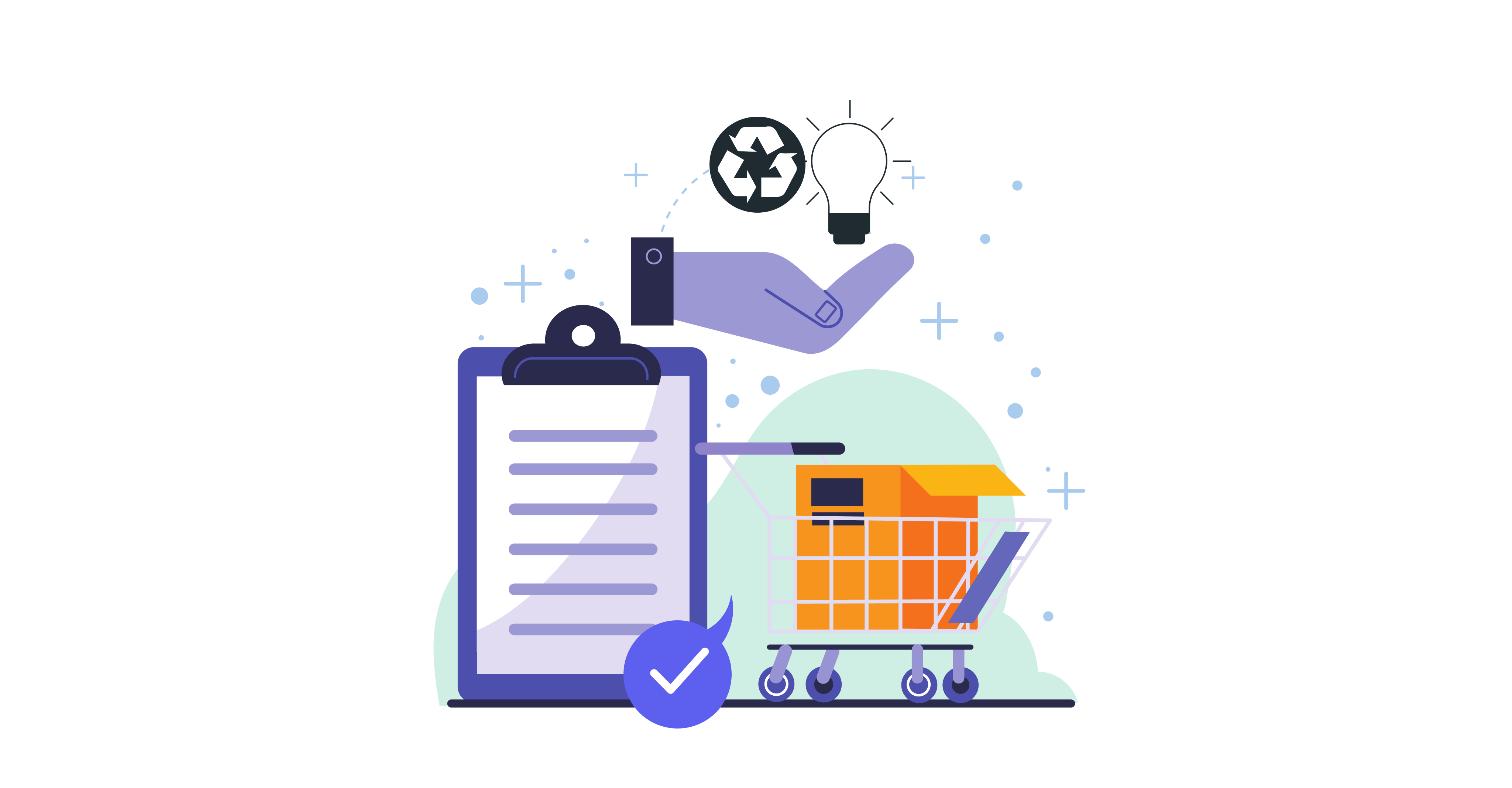There is growing pressure on businesses to adopt sustainable practices to mitigate environmental and social risks while fostering innovation and long-term growth. One key focus area is sustainable procurement—the integration of environmental, social, and economic
considerations into purchasing decisions.
This blog explores the concept of sustainable procurement, its benefits, and practical steps for effective implementation. Beyond purchasing processes, many firms use tools like vendor management tools, inventory planning tools, and demand planning software to maintain sustainable operations and drive efficiency.
What is Sustainable Procurement?
Sustainable procurement is the process of purchasing goods and services with minimal negative impact on the environment and society. It goes beyond cost and quality to include factors like:
● Environmental Accountability: Reducing carbon footprints and resource waste.
● Social Justice: Ensuring equity and ethical labor practices.
● Economic Resilience: Supporting small suppliers and local economies.
Why Sustainable Procurement Matters
Implementing sustainable procurement practices offers numerous benefits:
● Environmental Impact: Reduces waste, pollution, and greenhouse gas emissions.
● Social Responsibility: Encourages ethical labor practices and community development.
● Risk Management: Ensures compliance with changing regulations and minimizes reputational risks.
● Cost Efficiency: Optimizes resources through long-term partnerships with sustainable suppliers.
● Consumer Trust: Builds brand reputation and loyalty among eco-conscious consumers.
Best Practices for Successful Implementation
To implement sustainable procurement effectively, businesses should follow these best practices:
1. Establish a Sustainable Procurement Policy
● Define a procurement policy aligned with your organization’s sustainability goals.
● Prioritize renewable and recyclable materials, and choose suppliers with strong environmental and social performance.
2. Engage Stakeholders and Raise Awareness
● Train procurement teams and stakeholders on sustainability tools and techniques.
● Foster collaboration across departments to ensure alignment with sustainability objectives.
3. Evaluate Suppliers
● Assess suppliers’ sustainability efforts, focusing on:
● Fair trade and ethical labor practices.
● Useofeco-friendly materials and processes.
● Certifications such as ISO 14001 or Fair Trade.
Use vendor management tools to streamline supplier evaluation and ensure compliance.
4. Integrate Technology for Procurement Efficiency
● Inventory planning tools and demand planning software optimize supply and demand management.
● Replenishment process software automates inventory restocking, minimizing waste.
● Sales order management and order management applications improve supply chain transparency and efficiency.
5. Monitor and Report Progress
● Track procurement activities using KPIs like:
● Percentage of purchases from sustainable sources.
● Reduction in carbon emissions and waste.
● Improvements in supply chain transparency.
Share results in sustainability reports to demonstrate accountability and progress.
6. Innovate through Collaboration
● Partner with suppliers, NGOs, and industry peers to co-develop sustainable practices and share the cost of green initiatives.
Leveraging Tools for Sustainable Procurement
Technology plays a vital role in achieving sustainability goals. Here are some tools to enhance procurement processes:
● Inventory Transfer Orders: Manage and track stock transfers to avoid waste.
● DemandPlanning Software: Ensure accurate forecasting and prevent overproduction.
● Replenishment Process Software: Automate inventory restocking to reduce waste and ensure availability.
● Vendor Management Tools: Simplify supplier onboarding while ensuring sustainability compliance.
● Warehouse Management Systems (WMS): Optimize storage and reduce resource waste in inventory management.
● Procurement Automation Software: Streamline purchasing processes for efficiency and transparency.
Challenges in Sustainable Procurement
While the benefits of sustainable procurement are clear, challenges persist:
● Higher Initial Costs: Sustainable products and services often require a larger upfront investment.
● Supplier Resistance: Long-standing vendors may resist changes to their practices.
● Limited Options: Some markets lack sufficient eco-friendly product alternatives.
Organizations can overcome these challenges by gradually transitioning to sustainable practices, setting achievable goals, and building teamwork among stakeholders.
Conclusion
Sustainable procurement is no longer a choice—it’s a necessity. By integrating sustainability into procurement processes and leveraging tools like inventory planning tools, vendor management systems, and demand planning software, organizations can create long-term value for the environment, society, and their bottom line. Adopting best practices such as setting clear policies, engaging stakeholders, and utilizing technology ensures businesses lead the way in sustainability. Sustainable procurement is a step toward a greener, fairer, and more resilient future.
Is your organization ready to lead the way?
